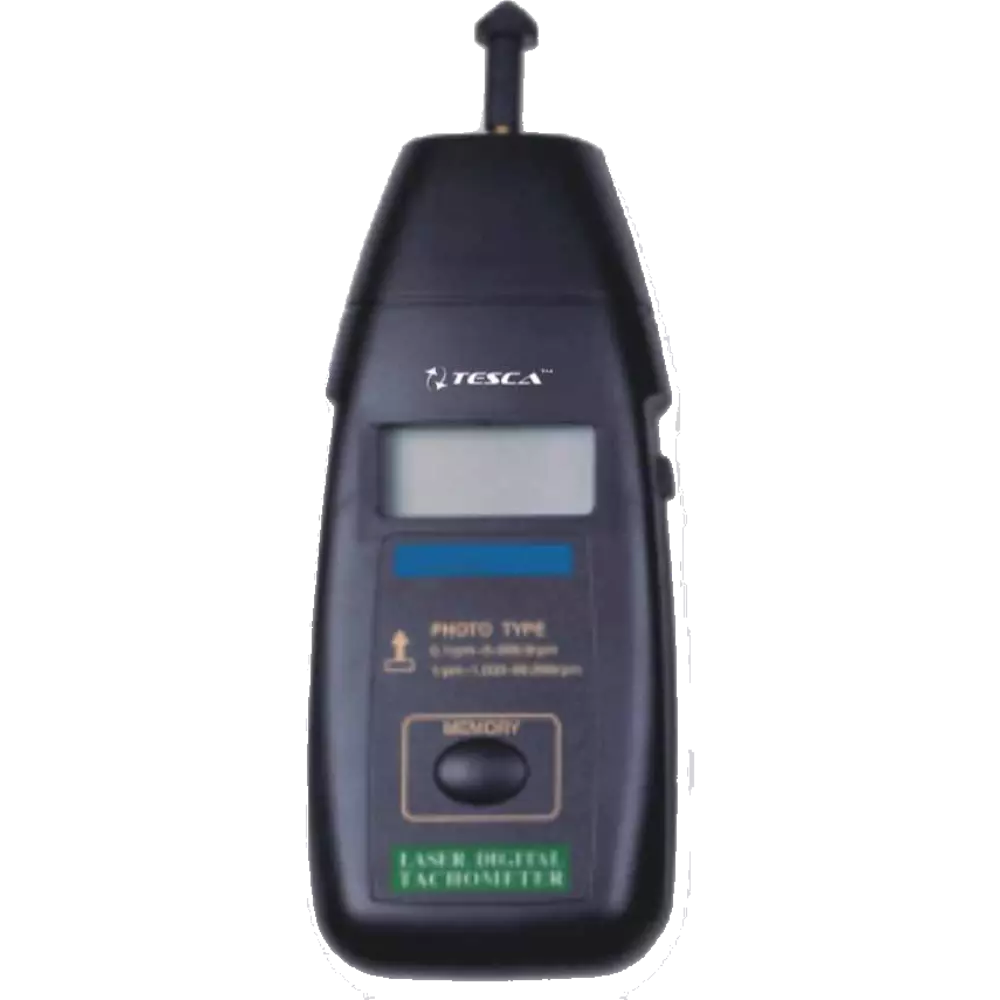Exactly How a Tachometer Aids Display Engine Health and Performance
Exactly How a Tachometer Aids Display Engine Health and Performance
Blog Article
Checking Out the Features and Benefits of a Tachometer: A Comprehensive Overview for Automobile Fanatics
From supplying real-time data on engine rate to aiding in enhancing equipment shifts, the tachometer offers as even more than just a dial on the control panel. Its complex features not just improve driving experience however also play an essential duty in preserving engine health and wellness and effectiveness.
Understanding the Fundamentals of a Tachometer
In the world of automobile instrumentation, recognizing the essentials of a tachometer is crucial for any kind of auto fanatic looking to look into the details of engine efficiency tracking. A tachometer, usually displayed on the control panel of a car, determines the engine's transformations per min (RPM) This crucial instrument offers real-time data on how quick the engine crankshaft is revolving. By checking the RPM, motorists can guarantee they are operating within the optimal variety to make the most of performance and efficiency.
Tachometers normally have a range noted in revolutions per min, with a redline showing the maximum speed at which the engine can securely operate (tachometer). This details is essential for stopping engine damages and optimizing gear changing for hands-on transmissions. In addition, tachometers can aid in detecting engine issues such as misfires or a falling short ignition system by spotting uneven RPM readings
Relevance of Monitoring Engine Rate

Monitoring engine speed is an essential element of car maintenance and performance optimization for automotive fanatics and professionals alike. The engine speed, gauged in revolutions per minute (RPM), shows how quick the engine's crankshaft is turning. By keeping a close eye on the RPM, drivers can guarantee that the engine is operating within the optimal range, protecting against potential damage from over-revving or stalling. Keeping track of engine rate is especially crucial during gear shifts, as it assists motorists figure out the correct time to transform equipments for smooth velocity and efficient gas consumption.
Furthermore, tracking engine speed can additionally offer beneficial understandings right into the total health and wellness of the lorry. Uncommon changes in RPM might show concerns such as a clogged air filter, fuel system problems, or also engine misfires. By spotting these abnormalities at an early stage through the tachometer analyses, drivers can deal with possible concerns promptly, avoiding much more serious damage and pricey repair work down the line. In general, keeping track of engine rate with a tachometer is a fundamental method that can enhance find this driving efficiency, prolong engine life, and make sure a more secure and a lot more delightful driving experience.
Enhancing Performance Via Equipment Shifts
Enhancing performance with strategic gear changes is an essential facet of optimizing a vehicle's effectiveness and power outcome. Correct equipment shifting guarantees that the engine operates within its optimum power band, enabling smooth velocity and improved gas economy. When changing equipments, it is vital to take notice of the engine rate suggested on the tachometer. By checking the engine revolutions per minute (RPM), motorists can determine one of the most favorable minutes to upshift or downshift for optimum efficiency.

To accomplish peak performance through gear shifts, motorists need to practice smooth and timely transitions in between gears, matching engine rate with roadway speed to harness the complete capacity of their automobile's powertrain.
Maximizing Efficiency With a Tachometer
Understanding the art of gear shifting in high-performance vehicles not just enhances driving experience however additionally plays a crucial duty in optimizing effectiveness with a tachometer. my sources tachometer. By paying attention to the tachometer analyses, chauffeurs can optimize their equipment shifts to run within the engine's most effective variety. When accelerating, changing equipments at the appropriate RPM suggested by the tachometer can avoid the engine from straining or underperforming, leading to improved gas effectiveness and general efficiency
Furthermore, a tachometer helps motorists avoid unnecessary revving, which not only throws away fuel but also puts unneeded stress on the engine. Regularly checking the tachometer while driving permits smoother gear changes, minimizing deterioration on the transmission system gradually.

Advanced Tips for Tachometer Use
Enhancing driving accuracy via proficient tachometer analysis is vital to enhancing automobile efficiency. To dig right into innovative tips for tachometer utilization, consider integrating making use of More Help shift lights. Change lights are aesthetic indicators that light up when it's time to change gears based upon engine transformations per minute (RPM), permitting smooth equipment changes without continuously keeping track of the tachometer. In addition, exercising heel-and-toe downshifting strategy can be useful when going for smoother changes between gears. This technique entails utilizing both the brake and accelerator pedals concurrently while downshifting, aiding to maintain engine RPM and prevent jerky activities. Using a performance tachometer with personalized settings can supply real-time data tailored to details driving choices or car adjustments. By fine-tuning change factors and establishing advising limits, chauffeurs can optimize velocity and engine performance while lessening the threat of over-revving. These sophisticated strategies, when coupled with a deep understanding of tachometer analyses, can boost driving efficiency and general driving experience.
Verdict
To conclude, the tachometer functions as an important device for automobile fanatics to keep track of engine rate, improve efficiency through equipment shifts, and maximize effectiveness. By comprehending the features and advantages of a tachometer, drivers can enhance their driving experience and prolong the lifespan of their car. Using advanced pointers for tachometer utilization can further improve driving skills and total performance on the road.
Report this page